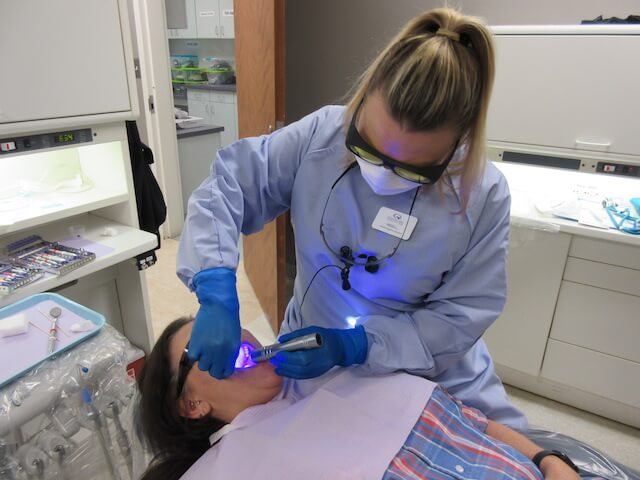
Between Diet and Teeth Whitening
When we think about teeth whitening, our minds often jump to expensive treatments and toothpaste commercials promising dazzling smiles. However, what if I told you that achieving a whiter smile could be as simple as making better choices in your diet? Yes, that’s right – your diet plays a significant role in the color and health of your teeth.
In this article, we will delve into the fascinating connection between diet and teeth whitening. You’ll discover which foods can help brighten your smile, and which ones might be staining your teeth without you even realizing it. So, let’s explore how you can achieve a radiant, pearly-white smile through your eating habits.
The Basics of Teeth Staining
Before we dive into the dietary factors affecting teeth whitening, it’s crucial to understand how teeth staining occurs. Our teeth have a porous structure with enamel on the surface. When you consume food and drinks, pigments from what you ingest can seep into these pores, leading to discoloration over time. Additionally, acidic foods and beverages can erode the enamel, making your teeth more susceptible to stains.
Now, let’s explore the foods that can either enhance or diminish the whiteness of your teeth.
Teeth-Whitening Superfoods
1. Crunchy Fruits and Vegetables
Fruits and vegetables like apples, carrots, and celery act as natural toothbrushes. Their crunchy texture helps scrub away surface stains while stimulating saliva production, which helps neutralize harmful acids. Plus, they are packed with vitamins and minerals that promote overall oral health.
2. Dairy Products
Milk, cheese, and yogurt are rich in calcium and phosphates, which strengthen tooth enamel and can even repair minor damage. They also help balance the pH levels in your mouth, reducing the risk of acid erosion and staining.
3. Strawberries
Surprisingly, strawberries can aid in teeth whitening. They contain malic acid, a natural astringent that can help remove surface stains. You can mash them up and mix them with baking soda for a natural whitening paste.
Teeth-Staining Culprits
While there are foods that can help whiten your teeth, there are also those that contribute to staining. Here are some common culprits:
1. Coffee and Tea
Coffee and tea are notorious for staining teeth due to their high tannin content. If you can’t resist your morning brew, consider drinking through a straw to minimize contact with your teeth.

2. Red Wine
Red wine, despite its health benefits, can lead to tooth discoloration. Rinse your mouth with water or enjoy a piece of cheese alongside your wine to reduce its staining potential.
3. Dark Berries
Berries like blueberries and blackberries contain intense pigments that can stain teeth. Enjoy them in moderation and follow up with a thorough rinse or brushing.
Maintaining a Whiter Smile
Beyond making wise food choices, here are some additional tips for maintaining a radiant smile:
- Hydration: Drinking plenty of water helps wash away food particles and stains, keeping your mouth clean.
- Oral Hygiene: Brush your teeth at least twice a day and floss regularly to prevent plaque buildup and surface stains.
- Professional Dental Care: Consider professional teeth whitening treatments and regular dental check-ups to keep your teeth in top shape.
- Avoid Smoking: Smoking not only stains teeth but also contributes to gum disease and oral cancer. Quitting can do wonders for your oral health.
In conclusion, the connection between diet and teeth whitening is undeniable. By incorporating teeth-whitening superfoods and being mindful of teeth-staining culprits, you can gradually brighten your smile naturally. However, remember that no dietary change can replace proper oral hygiene and regular dental care. Visit their page where you will find lots of useful tips and ideas about at-home teeth whitening kits.
